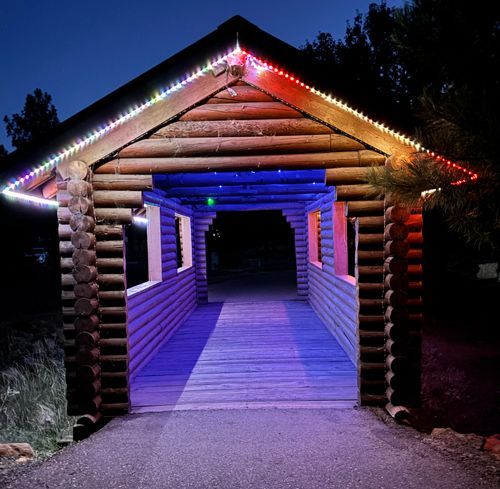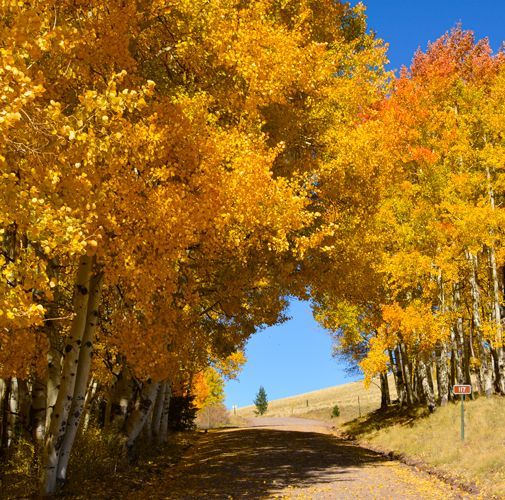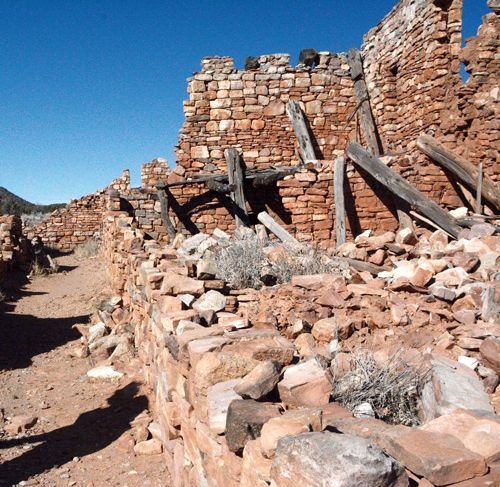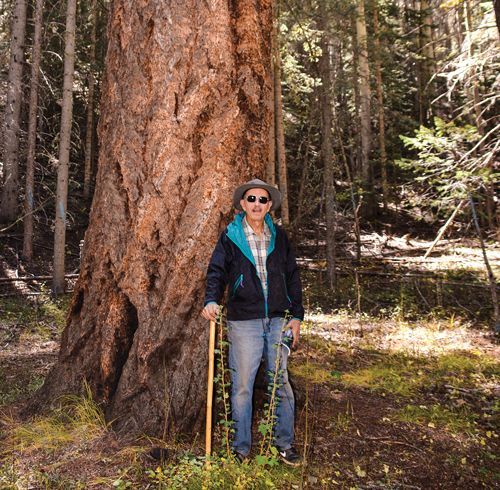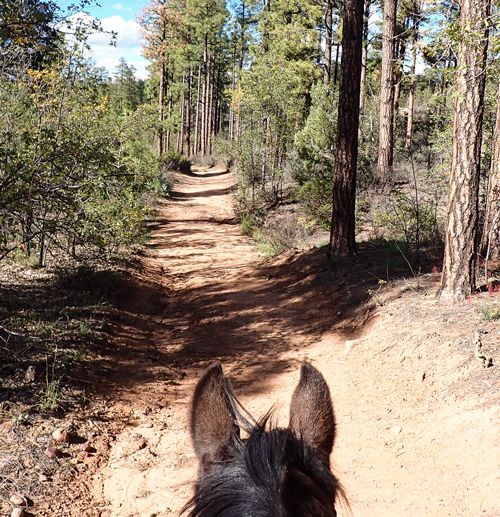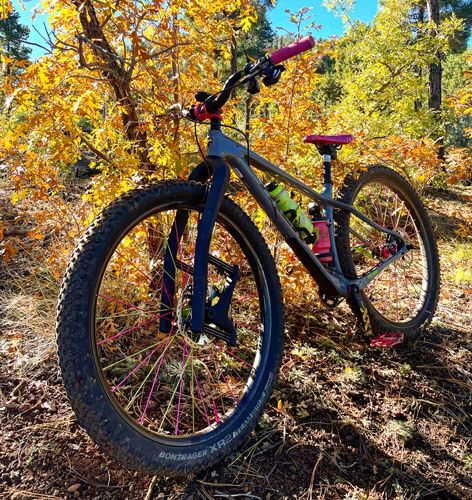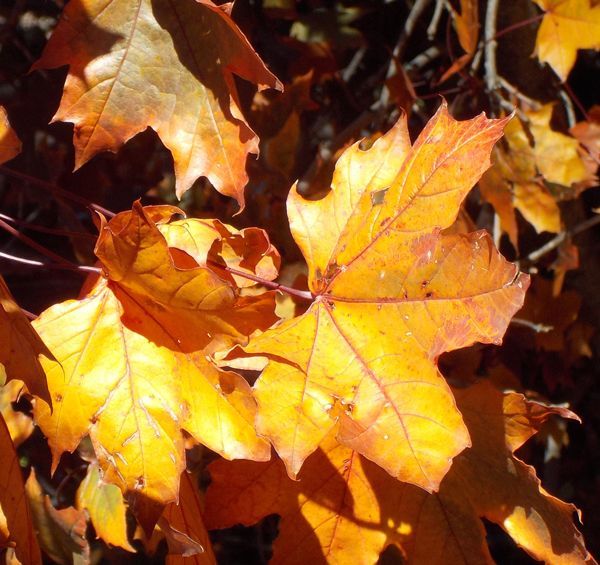Educating young people about wise use and sustainability of our valuable water in the White Mountains area.
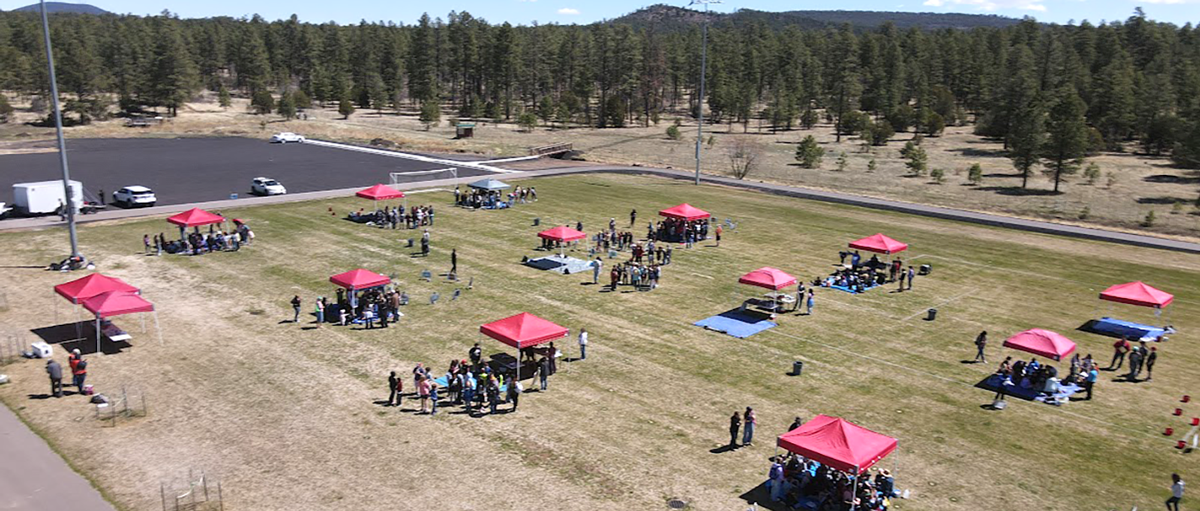
By Dan Groebner
Now that the winds have subsided a little and the temperatures are finally rising, it’s time to get out on some of the local lakes and reservoirs (with your life jackets, of course!). But you better be prepared to carry the kayak a little further or back your boat trailer further down the lake ramp than you ever have had to do in the past.
Although some localized areas received a little more than normal winter precipitation, most of our typical runoff from the winter snow melt at higher elevations has not even come close to filling the local lakes and reservoirs. Some areas even delayed the irrigation season for a couple of weeks when the water is drained from these impoundments to preserve the water currently stored.
Since the amount of water we use in the White Mountains is only going to rise in the future, and we aren’t blessed with the higher levels of precipitation of past years, many folks think it’s important for young people to understand the importance of this finite and diminishing resource. The youth of the White Mountains are not only attracted to our lakes and streams for recreation, but they will depend on a healthy area if they want to stick around, make a living and raise a family in northeastern Arizona.
Educating young people about wise use and sustainability of our valuable water in the area was the main driving force behind the recent White Mountain Water Festival, held at Mountain Meadows Recreation area on April 29. The University of Arizona engaged over 280 White Mountain 4th graders and 12 teachers, and in fun activities that were part of the global program, “Project Wet” (ProjectWet.org). Schools participating included Blue Ridge, Show Low, and Heber-Overgaard. Two days later, a Project Wet Water Festival was held for the Whiteriver School District.
Students visited different stations that were set up on the soccer fields, with each station covering the basics of our water cycle, sustainable uses, groundwater facts, and the concept of living in a watershed.
The future decision makers learned that the water cycle is more complicated than just rain falling into a lake, evaporating and then raining again somewhere else. The water cycle is more of a water web and doesn’t always move in a set pattern, with precipitation, evaporation, condensation and surface flow all participating to different degrees depending on the weather. To emphasize this concept, students played a game where they represented water molecules that moved in different ways. Some became clouds while others became groundwater, so you can imagine it was more exciting for some molecules than others.
The sustainability station made students aware that our modern technology can provide us with cleaner, safer, and less expensive water, but technology can also make it easier to waste our valuable water. Most of the students were amazed to learn that they used an average of 100 gallons of water per day. Classes were divided into groups who “raced” against each other in a shuttle relay to see who could most efficiently move the most water in various cups. It turns out that the winners were the ones who spilled the least amount of water, not the ones who finished the fastest!
At the groundwater station, the 4th graders had a hard time believing that over 40% of the water we use in Arizona comes from wells, since they are not as obvious as our streams, rivers and lakes. Students at this station used table top models that showed how groundwater moves and sometimes is directly connected to the surface water we call lakes and streams. Porous types of soils and rocks could store and move water better than other types, so geology makes a difference. Students also saw a visual representation of what happens when contaminants enter the groundwater by adding a colored dye to a “well” and observing what happens when gravity moves the groundwater.
Students made it rain at the watershed station, by simulating precipitation with a squirt bottle over a 3-dimensional model of an entire miniature watershed. The table-sized watershed model also included a mountain range where ice was used to simulate snowpack that eventually melted, filling the lakes and streams at lower elevations. Students were tasked with locating various forms of development, as well as wildlife, on the model in sustainable locations. Future student engineers also created impoundments at appropriate locations to make the best use of seasonal water supplies. And just like with the groundwater station, students saw how surface water is constantly moving and sometimes carrying contaminants with it, so all areas within a watershed are connected.
The watershed station also made it easy to demonstrate how altering the land surface creates bigger problems because paved urban areas prevent water percolation and soil absorption. This excessive runoff causes flooding and all kinds of damage. In addition, percolation from above can not recharge the local groundwater, average temperatures usually rise, and atmospheric conditions create a “heat dome” effect which can actually push away approaching rain storms and make it even drier.
Since all the stations required the students to take part by actively doing things, like making it rain on a 3-D model, or transporting water from one location to another, the time went quickly and the students enjoyed themselves learning about our valuable water resources.
During Water Festivals, students work in small groups together to solve real-world problems. However, since the Water Festivals are designed to involve many community volunteers and teachers, hundreds of students can be offered this opportunity all in one fun-filled morning.
The Water festival also provided an opportunity for a number of Mr. Kristoffer Van Attan’s Junior High Blue Ridge students to teach the 4th graders at one station. The Jr. high student teachers were provided curriculum materials and trained in how to present the material, which gave them the confidence to present the complex material in a way that 4th graders could relate to. Learning from someone close to their age in the outdoor classrooms was a unique experience for many of the students.
This inaugural White Mountain Water Festival was made possible through the generous donations and involvement of the Arizona Water Company, American Ground Water Trust, City of Show Low, Town of Pinetop-Lakeside, Navajo County, Roscoe Moss, State Farm, Loft 54 Interiors, Mogollon Water Management, as well as the University of Arizona’s Cooperative Extension Project Wet personnel.
Project Wet is a global organization that is “dedicated to solving critical environmental challenges by teaching the world about water… by providing hands-on, science-based water education resources to formal and non-formal educators.” Project Wet’s methods include interactive activities that sometimes use games to help explore and solve current issues in ways that 4th graders understand. The University of Arizona’s Project Wet program has been educating teachers for over 30 years with the primary goal of “Developing water stewards through student-centered instruction and Arizona-specific content.”
With current growth predictions for the area, and the ominous trend toward drier conditions, there is a need for annual Water Festivals to enlighten our youth while we still have time. Since these are community-based programs, this is an opportunity for you to become involved. This year’s event was fortunate to have over 40 local volunteers but could still use more. Contact Alex Pfab, Water Conservation Specialist with the Arizona Water Company (apfab@azwater.com) to see how you can volunteer.

